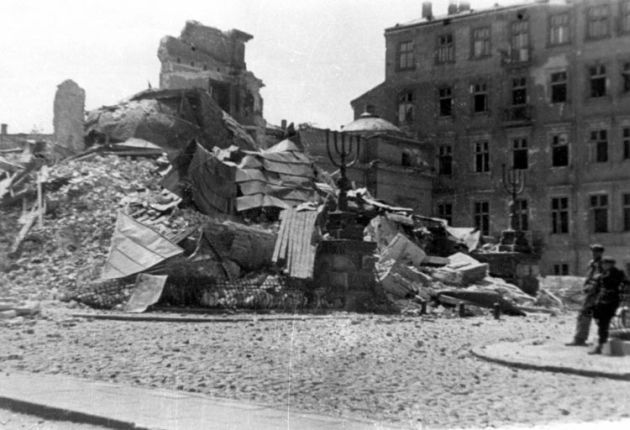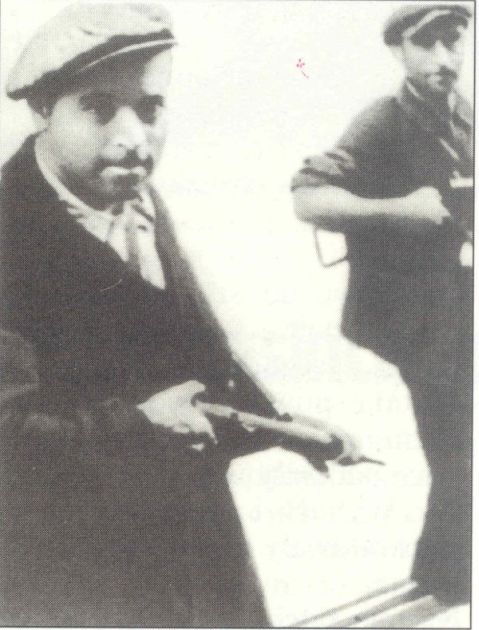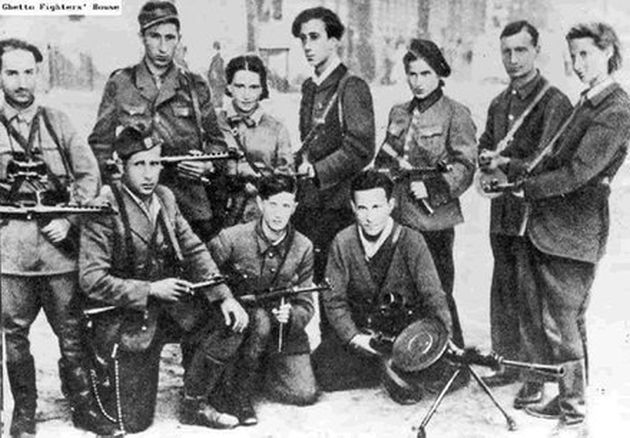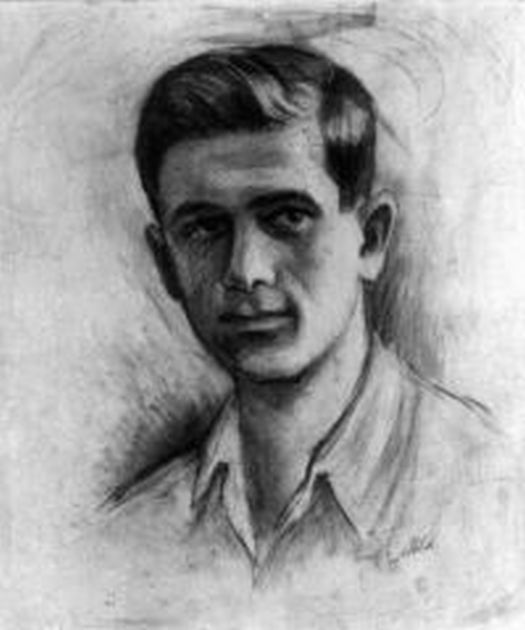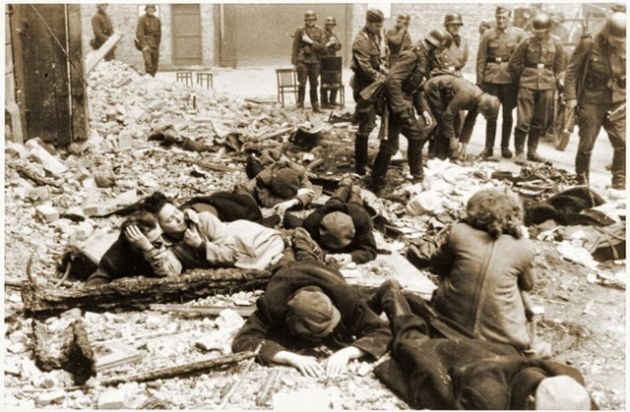The development of an armed resistance movement in the ghettos was directly associated with their liquidation. After the first deportations of Jewish inhabitants to extermination camps, the initiative was taken over by youth organisations that now sought an armed form of resistance. They established contacts with the Polish underground resistance facilitating thus the creation of combat structures engaged in training future fighters and the gathering of weapons. They also started to construct shelters and hiding places within the ghetto. Emissaries were sent to neighbouring ghettos, where contacts were established with other Jewish resistance movements. Gradually the various Jewish military organisations began to merge.
Thus, in July 1942 the Jewish Combat Organisation (Żydowska Organizacja Bojowa—ŻOB) was formed and planned self-defence actions in the event of subsequent deportations. The first fight broke out on 18 January 1943, when the Germans began a second wave of deportations to liquidate the Warsaw ghetto. As a consequence of a few days of armed resistance, the Germans decided to withdraw. The main Warsaw Ghetto Uprising broke out on 19 April. It was the first major act of urban armed resistance in the whole of German occupied Europe. German armed units entered the ghetto and were attacked by the Jewish fighters of ŻOB and the Jewish Military Union (ŻZW). The fiercest fights lasted several days to broke down subsequently into isolated points of resistance in various parts of the ghetto. A turning point to the uprising came on 8 May, when the surrounded commanders, headed by Mordechai Anielewicz, committed suicide in one of the bunkers. The uprising officially ended on 16 May. In the fights some several hundred poorly armed Jewish fighters were confronted with over 2,000 well-armed army and SS troops.

